UK Attorney General Geoffrey Cox talked about his meeting with EU in Brussels yesterday. He told Sky News that “we’ve put forward some proposals, they’re very reasonable proposals, and we’re now really into the detail of the discussions,” regarding the changes needed on Irish backstop. Cox added that “both sides have exchanged robust, strong views and we’re now facing the real discussions, talks will be resuming soon.”
European Commission spokesman Margaritis Schinas said chief Brexit negotiator Michel Barnier has informed the Commission that “while the talks take place in a constructive atmosphere, discussions have been difficult.” Also, “no solution has been identified at this point that is consistent with the Withdrawal Agreement, including the protocol on Ireland and Northern Ireland, which will not be reopened,”
Separately, UK Trade Minister Liam Fox said the government will laid out the tariffs it plans to levy if the parliament chooses a no-deal Brexit. Fox personally prefer to present the tariff plan to MPs before no-deal vote next week. But he said it was not his decision to make.




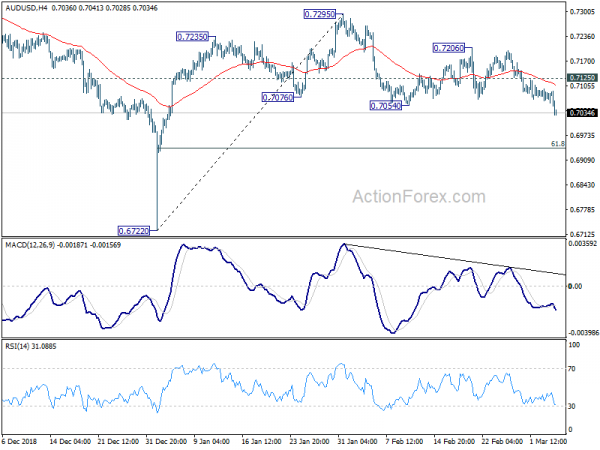

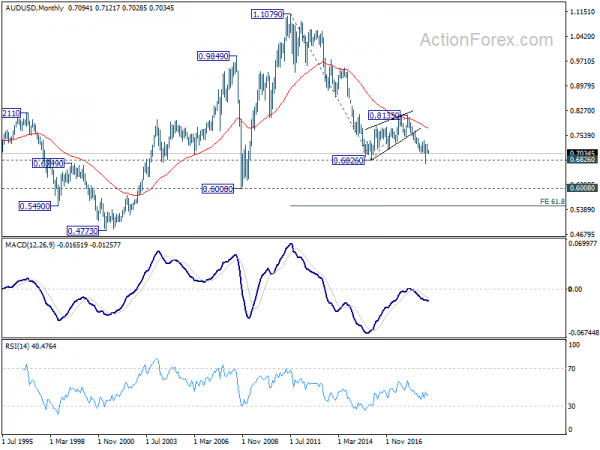
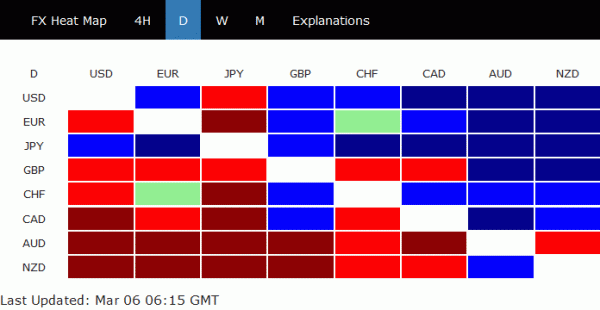
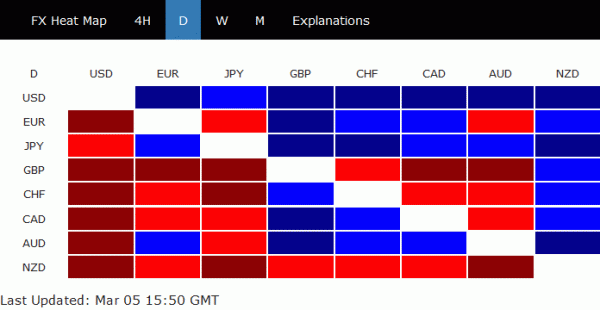
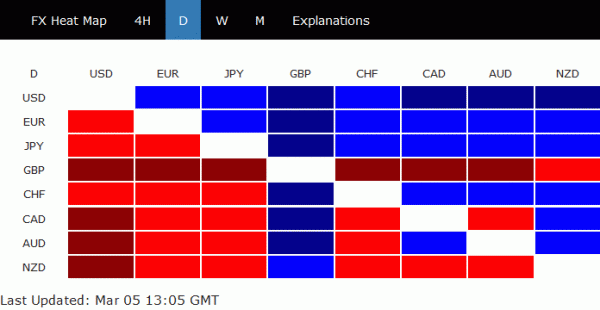

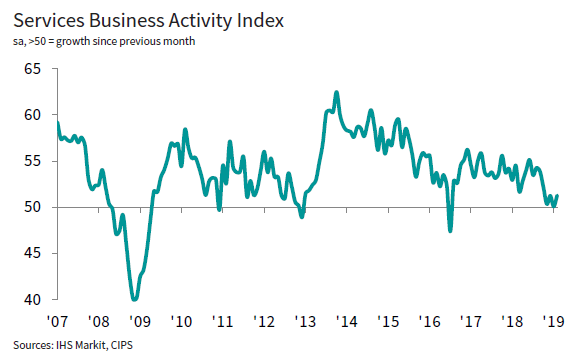
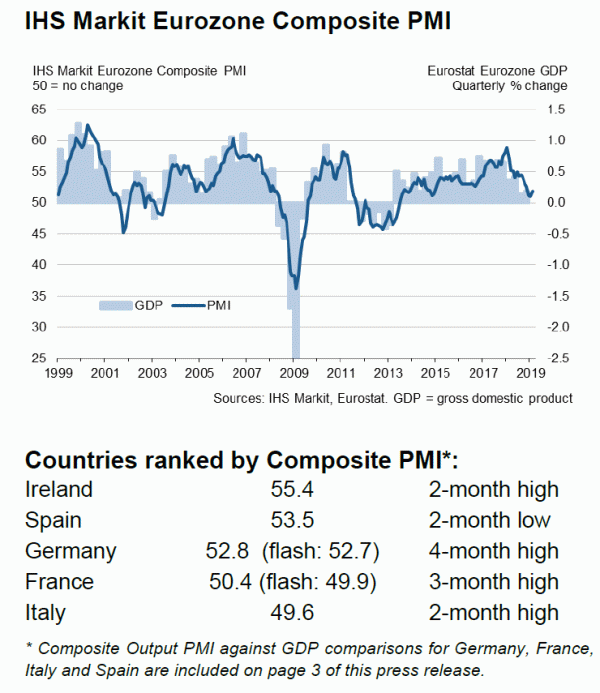
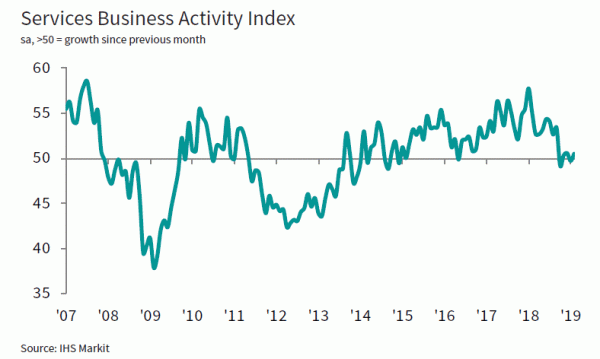

OECD lowers global growth forecast to 3.3% in 2019 on China and Europe slowdown
OECD lowered global growth forecast by -0.2% to 3.3% in 2019 and by -0.1% to 3.4% in 2020. G20 growth forecast was lowered by -0.2% to 3.5% in 2019, and kept unchanged at 3.7% in 2020.
In the Interim Economic Outlook, it’s noted that Chinese and European slowdown, and weakening global trade growth are the principal factors weighing on the world economy. Also, OECD warned that further trade restrictions and policy uncertainty could bring “additional adverse effects”. For China, while policy stimulus should offset weak trade development, “risks remains of a sharper slowdown” that would hit global growth and trade.
“The global economy is facing increasingly serious headwinds,” said OECD Chief Economist Laurence Boone. “A sharper slowdown in any of the major regions could derail activity worldwide, especially if it spills over to financial markets. Governments should intensify multilateral dialogue to limit risks and coordinate policy actions to avoid a further downturn,” Ms Boone said.
Here are some details:
Lastest OECD forecasts:
November OECD forecasts:
Full release here.